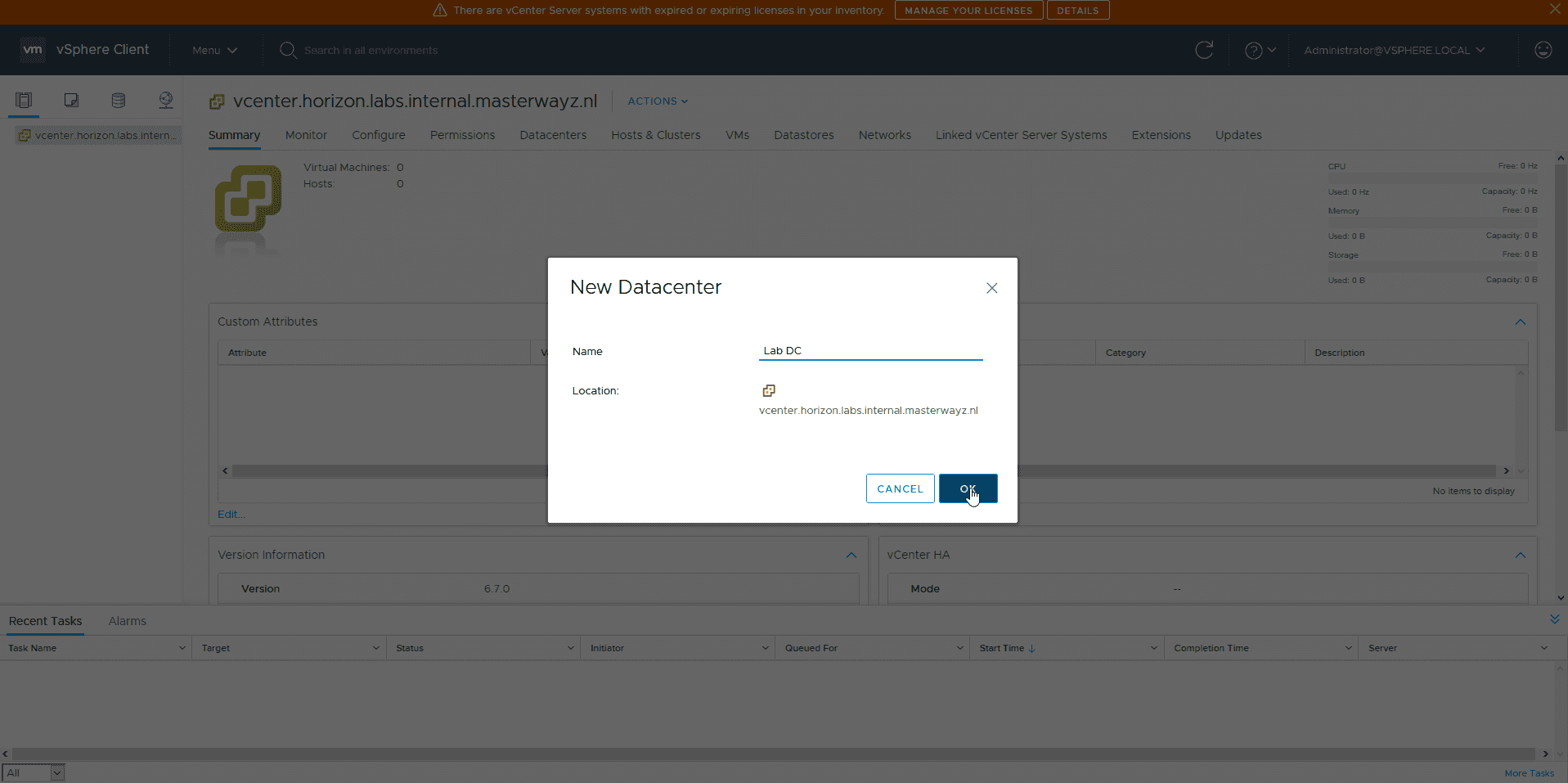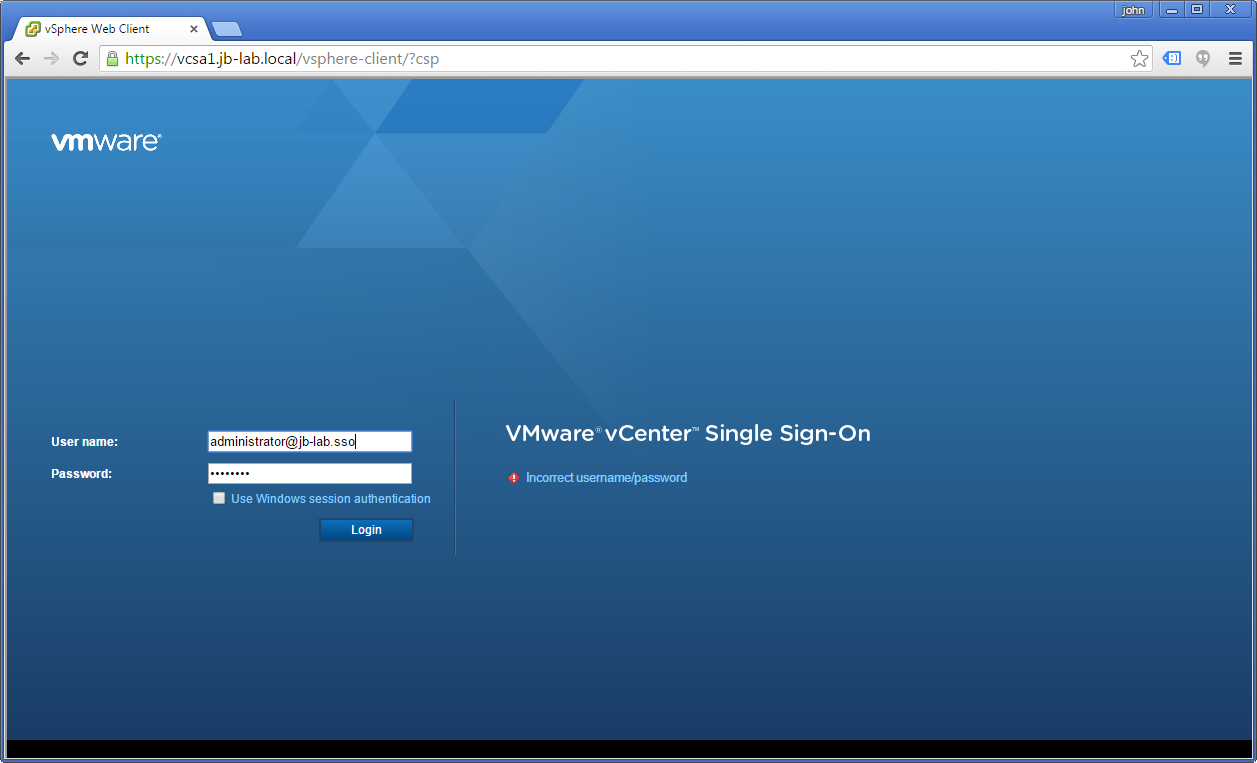80 Vcenter Single Sign On Domain Name Vsphere Local New

Users who are in a domain that has been added to vcenter single sign on as an identity source but is not the default domain can log in to vcenter server but must.
Vcenter single sign on domain name vsphere local. The domain determines the local authentication space. We can also see that the vcenter server is an embedded deployment type. The single sign on domain for vsphere is also configured during the deployment of the vcsa appliance.
But wouldn t it be better if you could integrate your existing microsoft active directory ad environment with your organizational structure of groups and users. After the precheck we can use the execute option which will as its name suggests execute the actual operations. Users who are in the default domain can log in with their user name and password.
When a user logs in to a vcenter server system from the vsphere client the login behavior depends on whether the user is in the domain that is set as the default identity source. We will be migrating this vcenter server into an existing sso domain so we need to do a precheck operation and review any conflicts. Each platform services controller is associated with a vcenter single sign on domain.
The domain determines the local authentication space. Notice that my single sign on domain is vsphere local currently. You can split a domain into multiple sites and assign each platform services controller and vcenter server instance to a site.
The sso administrator password sso domain name and sso site name are configured during installation. The domain name defaults to vsphere local but you can change it during installation of the first platform services controller. The domain name defaults to vsphere local but you can change it during deployment.
When a user logs in to a vcenter server system from the vsphere web client the login behavior depends on whether the user is in the default domain. Each vcenter server is associated with a vcenter single sign on domain. You might also need to merge two domains to create a third new sso domain rather than migrating anything to an existing domain.


















